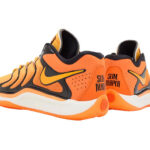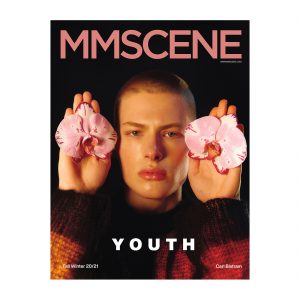
Choosing your first pair of prescription glasses marks an important step toward better vision. With countless styles, lenses, and materials available, the process can feel overwhelming, but knowing what to look for can make it easier. Make sure your prescription is accurate and up to date to get the best vision and comfort from your glasses.
The frame style is another important factor. Your glasses should complement your face shape and reflect your personal style. Whether you’re looking for something classic or trendy, the right frames can improve how you look and feel.
Lens material and design matter as well. Consider your lifestyle and vision needs when selecting lenses, as they come in different types like single vision or bifocals. Picking the right lens can make your first pair of glasses a perfect match for your daily activities.

Understanding Your Prescription and Eye Health
When buying prescription glasses, it’s important to grasp what your eye prescription means, choose the right lens material, and consider specific lens coatings. This guarantees you get the most from your glasses and supports your eye health effectively.
Interpreting Your Prescription
Your eye prescription can seem complicated. It contains numbers like sphere, cylinder, and axis, which indicate how your lenses should be shaped. Sphere refers to the lens power for nearsightedness or farsightedness. A minus sign shows a need for distance correction, while a plus sign means your close-up vision needs help.
The cylinder and axis are related to astigmatism, which makes your vision blurry due to an irregular eye shape. The cylinder is the lens power needed for astigmatism, and the axis indicates where that power goes. Learn how to read your eyeglasses prescription to understand these elements better.
Choosing the Right Lens Material
Selecting the right lens material affects comfort and durability. Common materials include plastic, polycarbonate, and high-index lenses. Plastic lenses are affordable and lightweight but can scratch easily. Polycarbonate is tougher and more impact-resistant, making it good for sports or children.
Thin and light high-index lenses work well for strong prescriptions, reducing the “thickness” effect. High-index lenses can be more comfortable for long-term wear. For those needing fast solutions, next-day glasses can fulfill your requirements quickly, especially in situations requiring emergency glasses.
Selecting Appropriate Lens Coatings
Lens coatings improve the function and longevity of your glasses. Anti-reflective coatings reduce glare from screens and headlights, which are useful for driving or working on computers. These coatings also make your glasses look clearer by minimizing reflections.
Scratch-resistant coatings help prevent everyday wear and tear, which is important for maintaining lens clarity. UV protection coatings shield your eyes from harmful sun rays, which can cause long-term damage. Polarized coatings reduce glare from surfaces like water or roads, improving visibility and comfort outdoors. Consider these coatings to suit your lifestyle and protect your eyes.

Finding the Perfect Frame
Choosing the right frame for your glasses is about more than just looks. It’s important to consider your face shape, lifestyle, and how you want to express your personality. Understanding these factors can lead to better vision and visual comfort.
Matching Frames to Your Face Shape
Different face shapes can change how glasses appear on you. If you have a round face, glasses with angular frames can add contrast and definition. For square faces, round frames can soften your features.
Oval faces are versatile and often suit many frame shapes. Heart-shaped faces look great with round or square frames. To enrich your experience, many stores and websites offer virtual try-on tools.
Considering Your Lifestyle and Personality
Your lifestyle impacts the kind of glasses you need. If you’re into sports, consider sports glasses that offer durability and comfort. For readers, reading glasses can help with long periods of focus.
Think about your personality, too. Do you want your glasses to make a statement or blend in? Frames come in various colors and materials, so you can find a pair that matches your style and needs.
Navigating Online and In-Store Shopping
Buying glasses, whether online or in-store, offers different experiences. Online platforms can provide various options, sometimes at lower prices. Check for customer service support and return policies to feel secure about your purchase.
Stores may provide personalized help, like frame adjustments and on-the-spot advice. Consider trying on frames in person to guarantee a proper fit and comfort level. If buying online, pay attention to shipping details.
Finally, when buying your first pair of prescription glasses, consider both function and style. Think about your vision needs, like whether you need single-vision or progressive lenses. Pay attention to lens materials and coatings, which can add durability.
Choosing the right frame shape is also key. Frames should complement your face shape and fit comfortably. Measurements like pupillary distance can help in choosing the right fit.
Lastly, don’t forget about budget and purchase location. Weigh different options for price and convenience. You want a choice that balances quality and cost-effectiveness.
With these tips, you can confidently select a pair of glasses that suits your needs and personal style.









wow i love all these styles! This is so cool!